SUMMARY
This is AI generated summarization, which may have errors. For context, always refer to the full article.
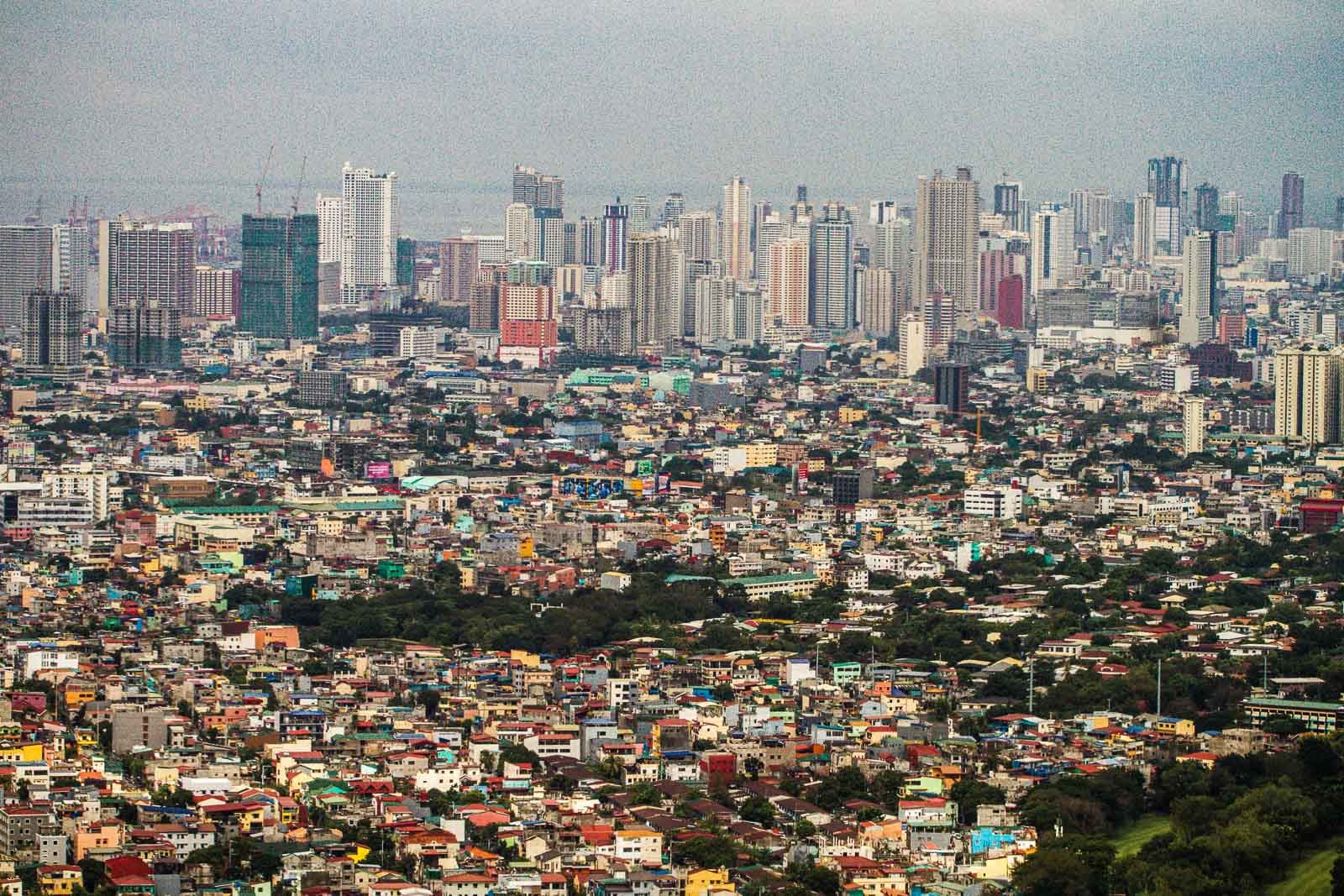
MANILA, Philippines – The Philippines’ stronger-than-expected growth in 2022 lowered the ratio of debt relative to the size of the economy, the latest figures of the Bureau of the Treasury (BTr) showed.
The Philippines ended 2022 with a debt stock of P13.4 trillion in December, 1.7% lower, or from the record high of P13.64 trillion in November. On a year-to-date basis, sovereign debt grew 14.4% or by P1.69 trillion from end-2021.
BTr said that the decline from November to December was due to the peso’s appreciation, when the local currency traded at the P55-level against the US dollar. The redemption of domestic government securities also helped lower debt levels.
Out of the P13.4 trillion debt, domestic debt accounted for 68.6%, while external borrowings made up the remaining 31.4%.
Meanwhile, the country’s debt-to-GDP (gross domestic product) ratio for end-2022 stood at 60.9%, lower than the 61.8% target set by the Marcos administration’s economic managers. It is also lower than the 63.7% recorded in the third quarter of 2022.
The debt-to-GDP ratio represents the amount of debt relative to the size of the economy. Analysts use this figure to check if a country’s borrowing can be sustained. Multilateral lenders also consider this figure in lending decisions. The unofficial threshold is at around 60%.
To lower the debt-to-GDP ratio, it is ideal to raise economic growth, as it implies that growth has exceeded a government’s borrowings. A government may also choose to cut back on borrowings, but this may also hinder growth and postpone funding for critical projects.
In 2022, GDP grew 7.6%, surpassing the target of 6.5% to 7.5%.
For 2025, the government aims to further lower the debt-to-GDP ratio to 51.1% by aiming for a GDP growth of 5% to 6% yearly.
“Our medium-term fiscal plan and exemplary GDP growth have allowed us to outpace our borrowings. This gives us confidence that we can reach our targets by 2025,” said Finance Secretary Benjamin Diokno. – Rappler.com
Add a comment
How does this make you feel?
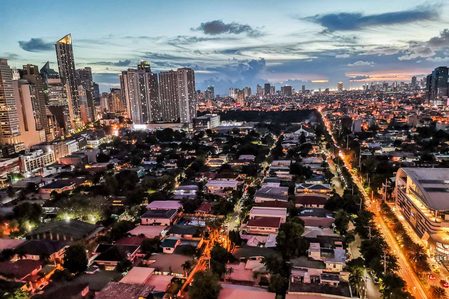



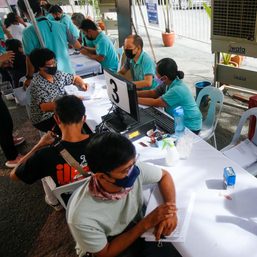

![[In This Economy] Looks like PH economy will never get back on track. Here’s the data.](https://www.rappler.com/tachyon/2024/02/20240202-PH-economy-back-on-track.jpg?resize=257%2C257&crop=289px%2C0px%2C720px%2C720px)
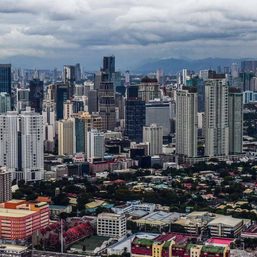
![[In This Economy] Something’s broken, and it’s hidden by ‘high’ economic growth](https://www.rappler.com/tachyon/2023/11/something-broken-hidden-economic-growth-November-10-2023.jpg?resize=257%2C257&crop=276px%2C0px%2C720px%2C720px)
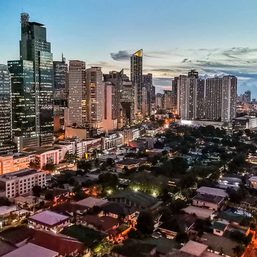
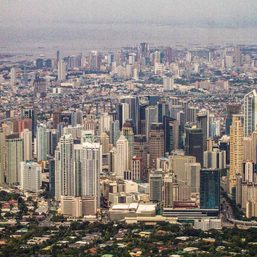
There are no comments yet. Add your comment to start the conversation.